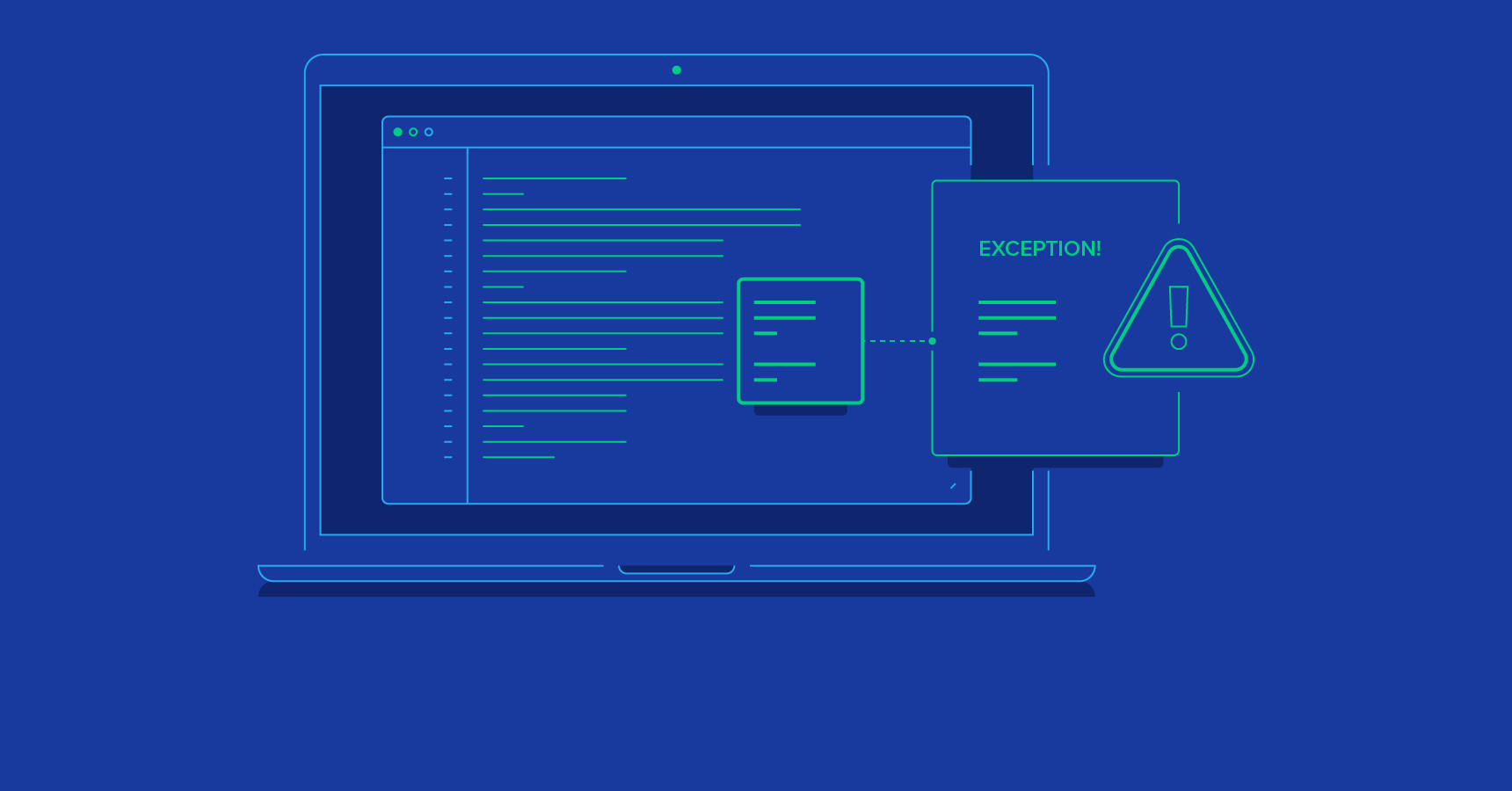Usability is often overlooked by enterprises, which is a mistake. Never undervalue the importance of usability to the success of any website. Your website’s performance and chances of success can both be improved by good usability. It can increase your company’s revenue and sales as well.
Your website must offer visitors a seamless user experience in addition to having a pleasing appearance if you want it to be successful. This is why usability is crucial. Your website will stand out from the crowd thanks to it.
Making it simple for users to quickly and easily discover the information they need is the goal of effective website usability on the web.
Here are the top 7 qualities of a user-friendly website.
1. Mobile Compatibility
A mobile-optimized website is now required as more and more people access the Internet from their mobile devices.

The first step is to see how your current website looks on a mobile device. To determine this, utilize Google Mobile Site Tester. With the use of web-based mobile website builders, you may make a mobile version of your website for free if it can’t already be accessible on a mobile device
2. All Users Can Access It
A user-friendly website should be accessible to everyone, including the old, the blind, and people with disabilities. Typically, screen-readers are used by these individuals to access the Internet. The 508 website accessibility principles highlight straightforward web design strategies that can be used to guarantee that your website can be easily accessed by screen readers, hence making your website accessible to a larger audience.
3. Planning your information architecture
A website’s usability depends on how the content is organized and displayed. But it’s frequently disregarded. Due to the fact that websites now provide a wealth of resources and information in an effort to draw in their target audience, their significance has increased. You should carefully consider the parts and categories of your website and present the content so that it is simple for visitors to find. Consider your users’ viewpoints at all times. This is crucial if the website for your business offers a lot of content.

4. Easy to Scan Content That Is Well Formatted
Instead of reading a webpage from top to bottom, the typical Internet user scans the content. Users typically quickly scan the page’s most important sections to see if it is pertinent to their needs.

This should be considered while formatting your text. It helps to break up the material so that readers can skim it by properly using headings, subheadings, paragraphs, bullets, and lists.
5. Quick load times
A website that takes a long time to load is the most aggravating thing for visitors. In actuality, a slow website is one of the biggest causes of visitors leaving. For optimal usability, make sure your page loads in between 4 and 6 seconds. Your search engine ranking is also impacted by it.

You may check the speed of your website using a free service like Pingdom and get advice on how to make it faster.
One of the most frequent reasons affecting website speed, in my experience, are third-party website plugins and widgets, such as website monitoring and social networking. Use just those that are absolutely necessary and try to keep your usage to a minimum.
6. Stability across browsers
You might overlook browser compatibility. This issue is caused by negligence, and it even affects some of the most respectable companies’ websites. The usability of the website is impacted, and this is terrible for branding.

There are certain differences in how a webpage is interpreted by various browsers even if newer browsers have developed and grown more effective. In order to maintain consistency across all popular browsers, including Chrome, Internet Explorer, Firefox, Safari, and Opera, it is crucial to guarantee that your website looks and functions the same in each. A well-designed website stands out from the competition because of small details like these.
7. Optimal error handlin
For effective usability, it’s crucial that errors are handled correctly and that on-screen notifications are well-written. But it’s frequently forgotten. The website is robust and bug-free if faults are handled correctly at the code level. The proper error message being displayed enhances the user experience and overall usability.

Conclusion
The success of a website is greatly influenced by its usability. Your chances of success increase when your website has good usability, which contributes to a seamless user experience. It is one of the things that makes a website with professional design stand out from the competition. The seven usability traits that each website must have are listed above. Your website might benefit from it.

